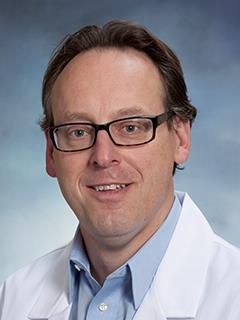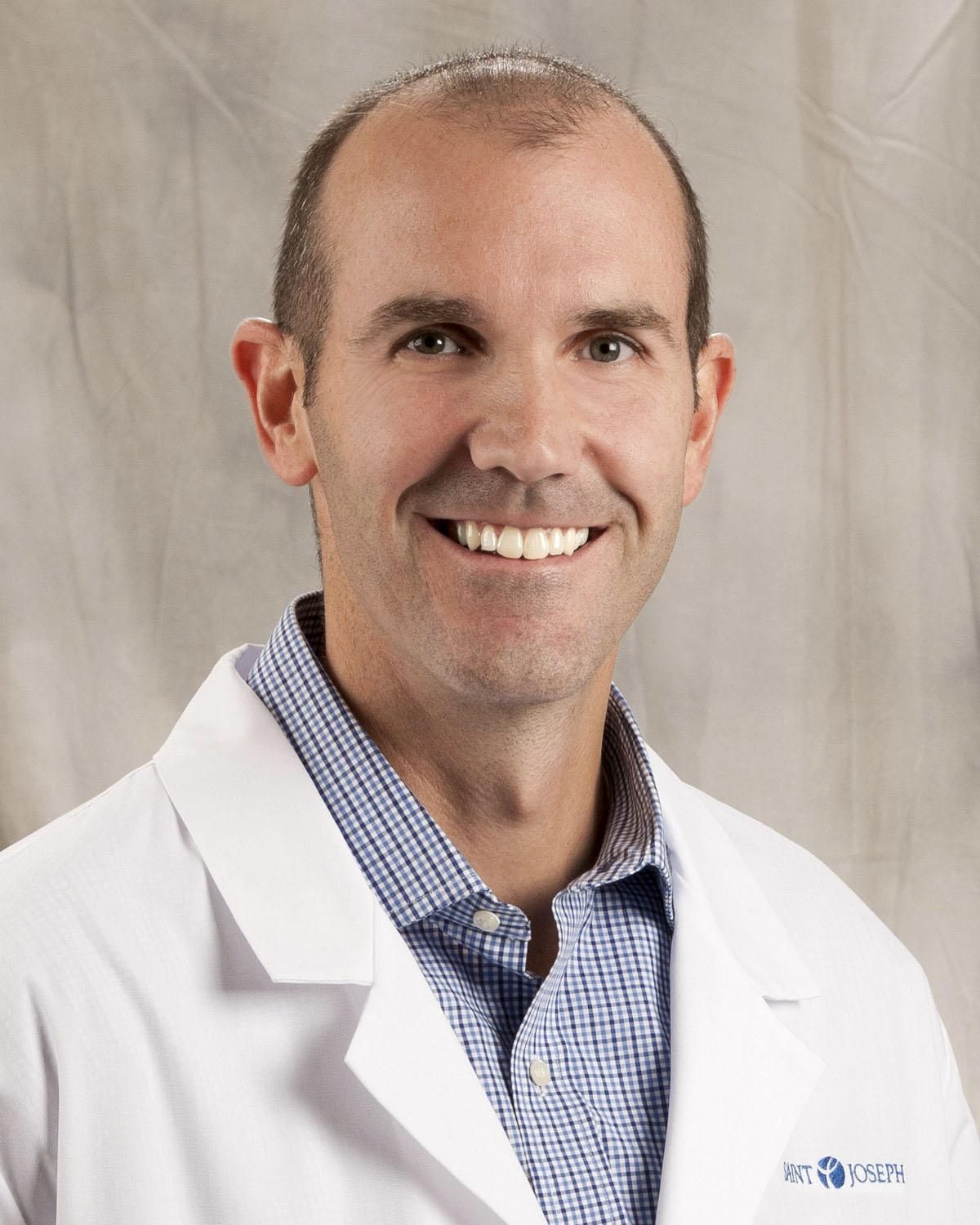Opening Up Patient Access By Working Smarter, Not Harder
CHALLENGE
Primary care patients at a large health network in the Southeast could rarely see their known provider for acute visits, and usually resorted to competing urgent care centers for such needs. In addition, regularly scheduled patient visits meant long lines in the waiting room and equally long wait times in the exam room.
Management desired to expand patient access but recognized that demanding more effort from their overworked providers and staff would simply push them across the line into full-fledged burnout. Management also wisely recognized that small incremental steps would not achieve the desired result; deep-seated process transformation and culture change would be required. So, they turned to Team Care Medicine (TCM) to help expand patient access.
ENGAGEMENT
Consultants from TCM partnered with executives and with practice managers to develop a customized TCM Model™ transformation program to maximize the performance of each primary care exam room team. Over the course of three months, all aspects of the practice’s operation were considered, including staffing levels, workflow processes, facility constraints, EHR settings, and provider incentives.
TCM consultants and trainers then executed the launch plan, working with each provider-led team to transform the patient visit through interactive classroom sessions as well as coaching in the exam room during live patient visits. Over the next few weeks, the Medical Assistants (MAs) expanded their activity to practice up to the limit of their license as Team Care Assistants (TCAs). Their role in each patient visit expanded to include many new tasks, including independent collection of the patient’s preliminary medical data, scribing of the provider’s physical exam and care plan, and management of the visit.
In parallel, providers learned to become team leaders that delegate non-physician tasks, relying more heavily on their newly empowered and expanded support staff. With greater team efficiency, they were able to take on additional visits each day and to move through each examination on schedule and with greater focus. And with the EHR tasks delegated to the TCA, providers went home each night with their charts fully up to date.
IMPACT
The custom TCM Model transformation project achieved the desired expansion in patient access.The initial pilot program training group enjoyed an increase in wRVUs per provider FTE of 17% in the first year and 38% by the third year, compared to the baseline control. Meanwhile, total costs per wRVU have held steady. Providers and staff enjoyed better quality of life, too; as one physician put it: “I have no reservation offering my wholehearted endorsement of the TCM Model. It has benefitted my patients, my practice, and my personal life.”
Seeking to further increase patient access, improve financial performance, and enhance staff well-being, management recently partnered with TCM to expand the transformation program across the enterprise, with similar results being reported across the system.







